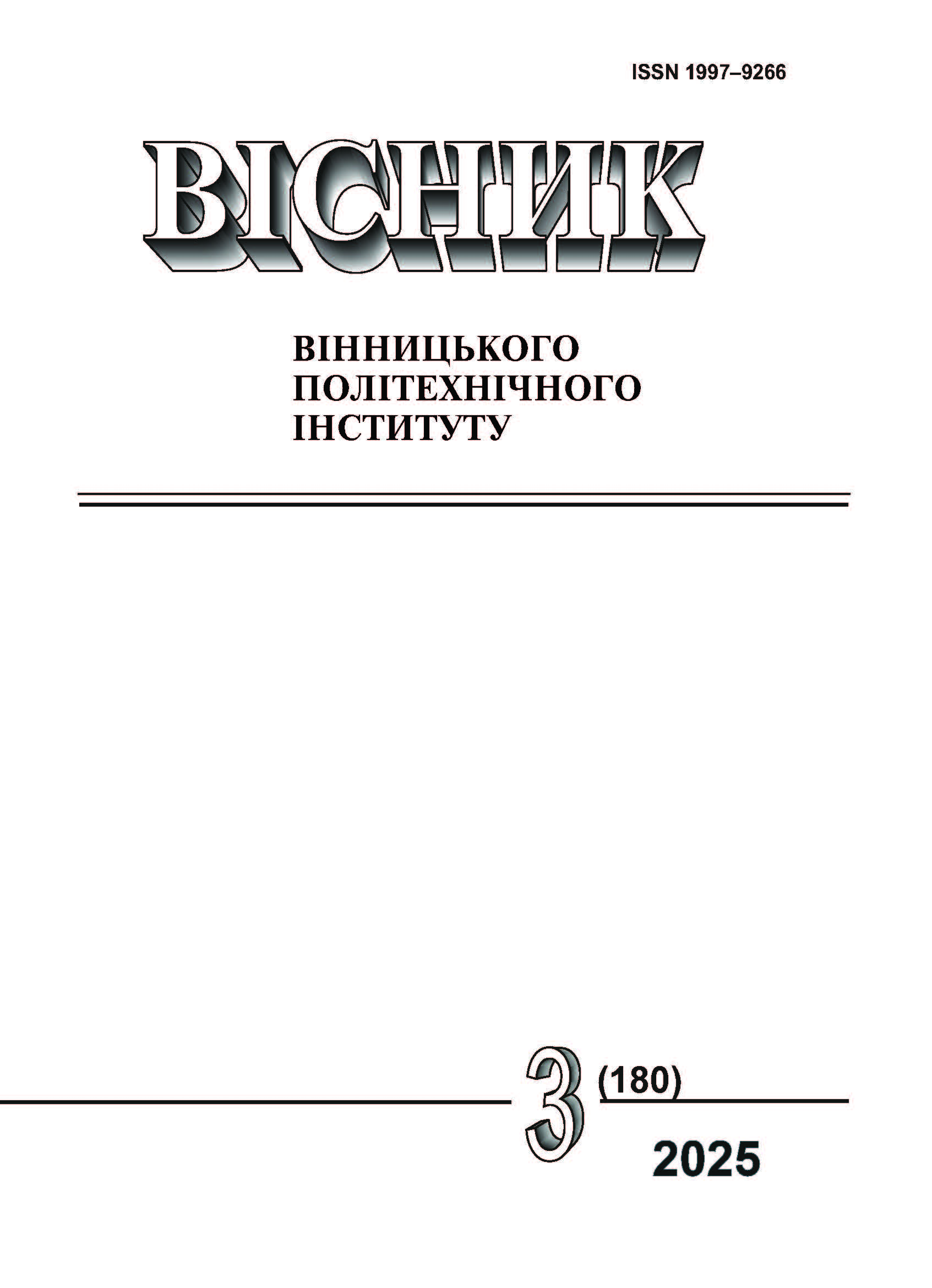Specific Features of Calculation of Medium-Power Wood Chips Water Heating Boilers
DOI:
https://doi.org/10.31649/1997-9266-2025-180-3-56-62Keywords:
wood chips, hot water boiler, efficiency, exhaust gas temperature, coefficient of thermal efficiency, heat transfer intensificationAbstract
The paper studies the performance of a 1800 kW water heating boiler for burning wood chips. Literature information on methods for calculating medium-power water heating boilers using solid biofuels is analyzed. It is noted that the introduction of solid biofuel boilers will contribute to the replacement of fossil fuels, the renewal of technological parks of existing equipment, the development of the production of new equipment, and its installation and maintenance activities. It is shown that in modern literature there is very little information on the methods for calculating medium-power boilers on solid biomass, and the available information is not systematized and not generalized. It is shown that in the Normative Method for Thermal Calculation of Boiler Units there is no information on the features of calculating boilers on solid biomass, namely: there are no recommendations for calculating heat exchange in the boiler furnace, in a heat exchanger with intensified heat exchange for boilers on solid biomass. The influence of the ash removal fraction, excess air coefficient, wood moisture, and Aash coefficient on the temperature of flue gases at the boiler outlet and compared with operating data were investigated. The features of calculating a wood chip water heating boiler were proposed. The calculated gas temperature indicators at the boiler outlet were compared with operating data. It was shown that there is little information in the literature on the recommended values of the thermal stress of the combustion mirror for modern methods of burning solid plant biomass. It was indicated that the study of solid biomass combustion processes and the development of calculation methods, the formation of a database on the coefficients required for calculation are quite relevant tasks.
It was indicated that at this stage of research, the method for calculating heat transfer in the boiler furnace, given in the normative method of thermal calculation of boiler units, should be used for calculating medium-power water heating boilers. Despite the simplifications incorporated in the mathematical model, the results of calculations and operating data do not differ significantly.
References
Підготовка та впровадження проектів заміщення природного газу біомасою при виробництві теплової енергії в Україні. Практичний посібник, Г. Г. Гелетуха, Ред. Київ, Україна: Поліграф плюс, 2016, 104 с.
T. Nussbaumer, “Low emission biomass combustion in automated boilers for heat and power,” IEA Bioenergy, t. 32, 46 p. 2024. [Electronic resource]. Available: https://www.ieabioenergy.com/wp-content/uploads/2024/09/Nussbaumer_IEA-Bioenergy-Task32-Emissions-Report_2024_08_20.pdf .
Д. В. Степанов, і Л. А. Боднар, Енергетична та екологічна ефективність водогрійних котлів малої потужності, моногр. Вінниця, Україна: ВНТУ, 2011, 151 с.
T. Zadravec, B. Rajh, and F. Kokalj, “CFD modelling of air stages combustion in a wood pellet boiler using the coupled modelling approach,” Thermal Science and Engineering Progress, vol. 20, December. 2020. https://doi.org/10.1016/j.tsep.2020.100715 .
А. П. Фалендиш, О. В. Клецька, і Є. А. Бітюра, «Модель розрахунку твердопаливного котла невеликої потужності,» Збірник наукових праць Українського державного університету залізничного транспорту, вип. 166, с. 185-190, 2016.
Г. Г. Гелетуха, “Науково-технічні засади виробництва енергії з біологічних видів палива.” дис. д-ра техн. наук, Інститут технічної теплофізики НАН України, Київ, 2021 р.
K. Ronewicz, T. Turzynski, and D. Kardas, “Design and distribution of air nozzles in the biomass boiler assembly,” Transactions of the institute of fluid-flow machinery, no. 125, pp. 13-28, 2013.
L. A. Bodnar, D. V. Stepanov, and A. N. Dovgal, “Experimental investigations of the energy and environmental indices of operation of a low capacity combined gas producer and hot-water boiler,” Journal of engineering physics and thermophysics, vol. 88, pp. 962-967, August, 2015. https://doi.org/10.1007/s10891-015-1271-x .
Л. А. Боднар, Д. В. Степанов, і Р. В. Сливко, «Експериментальні дослідження показників роботи теплогенератора потужністю 1500 кВт на соломі,» Наукові праці Вінницького національного технічного університету, № 1, 2017. [Електронний ресурс]. Режим доступу: https://praci.vntu.edu.ua/index.php/praci/article/view/497/494 .
М. М. Чепурний, Д. В. Степанов, і Є. С. Корженко, Теплові розрахунки парогенераторів. Вінниця, Україна: ВНТУ, 2005, 155 с.
Л. А. Боднар, «Раціональні методи інтенсифікації теплообміну в газотрубних котлах,» Науково-технічний збірник «Сучасні технології матеріали і конструкції в будівництві», № 2, с. 93-98, 2018.
Л. А. Боднар, «Ефективність інтенсифікації теплообміну в теплогенераторі на щепі деревини,» Всеукраїнський науково-технічний журнал. Техніка, енергетика, транспорт АПК, № 4, с. 124-128, 2017.
M. Bosnjakovic, N. Veljic, and C. Soldan, “Influence of moisture content in wood chips on the boiler operation,” 7 th international conference Vallis Aurea: research&innovation, Pozega-Slavonia, Croatia, pp. 91-101, 2020. [Electronic resource]. Available: https://hrcak.srce.hr/omp/index.php/ftrr/catalog/view/18/17/1132 .
Downloads
-
pdf (Українська)
Downloads: 34
Published
How to Cite
Issue
Section
License

This work is licensed under a Creative Commons Attribution 4.0 International License.
Authors who publish with this journal agree to the following terms:
- Authors retain copyright and grant the journal right of first publication.
- Authors are able to enter into separate, additional contractual arrangements for the non-exclusive distribution of the journal's published version of the work (e.g., post it to an institutional repository or publish it in a book), with an acknowledgment of its initial publication in this journal.
- Authors are permitted and encouraged to post their work online (e.g., in institutional repositories or on their website) prior to and during the submission process, as it can lead to productive exchanges, as well as earlier and greater citation of published work (See The Effect of Open Access).





